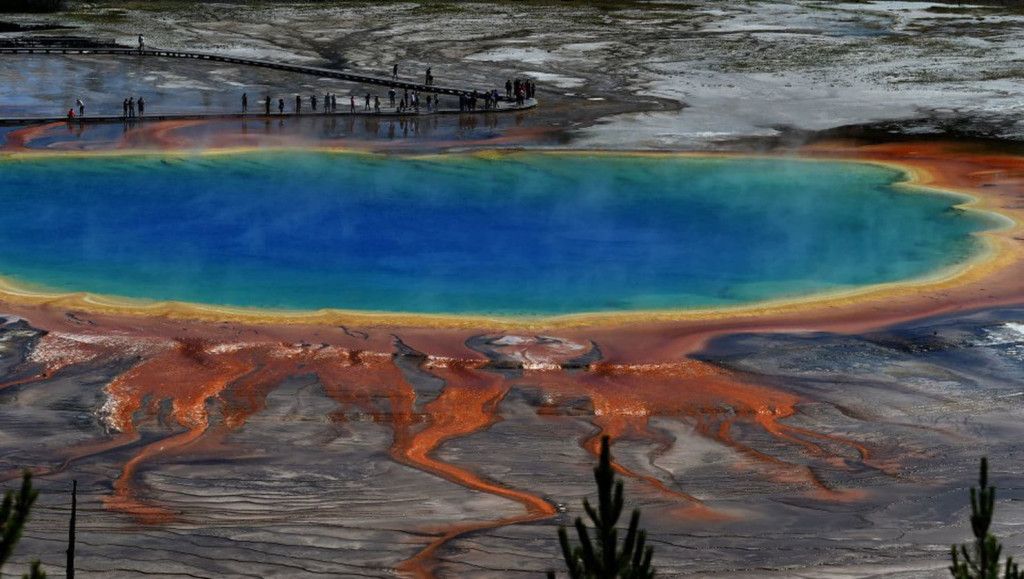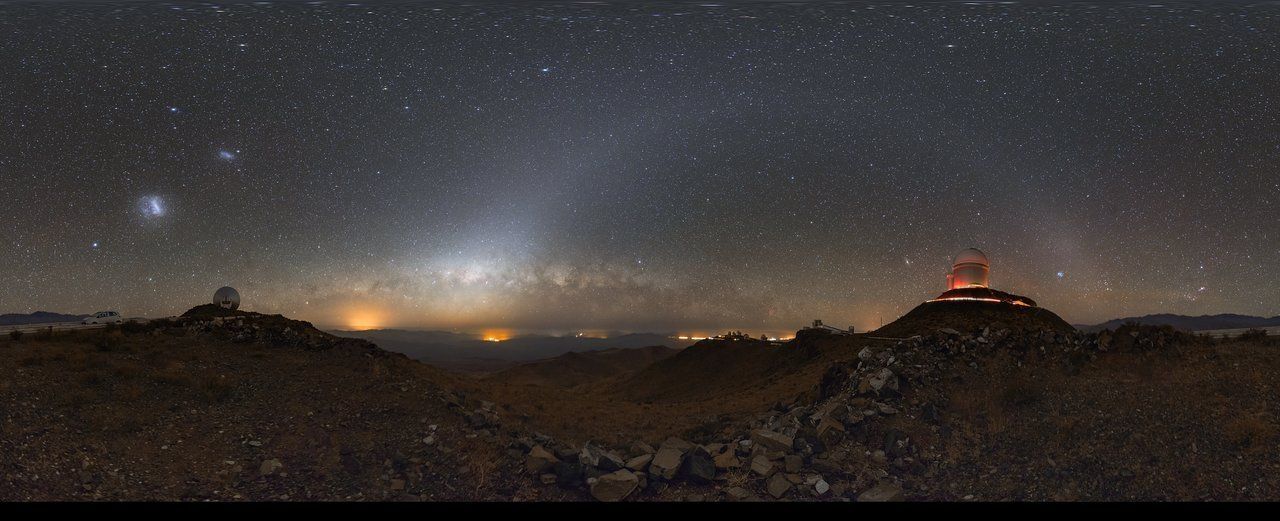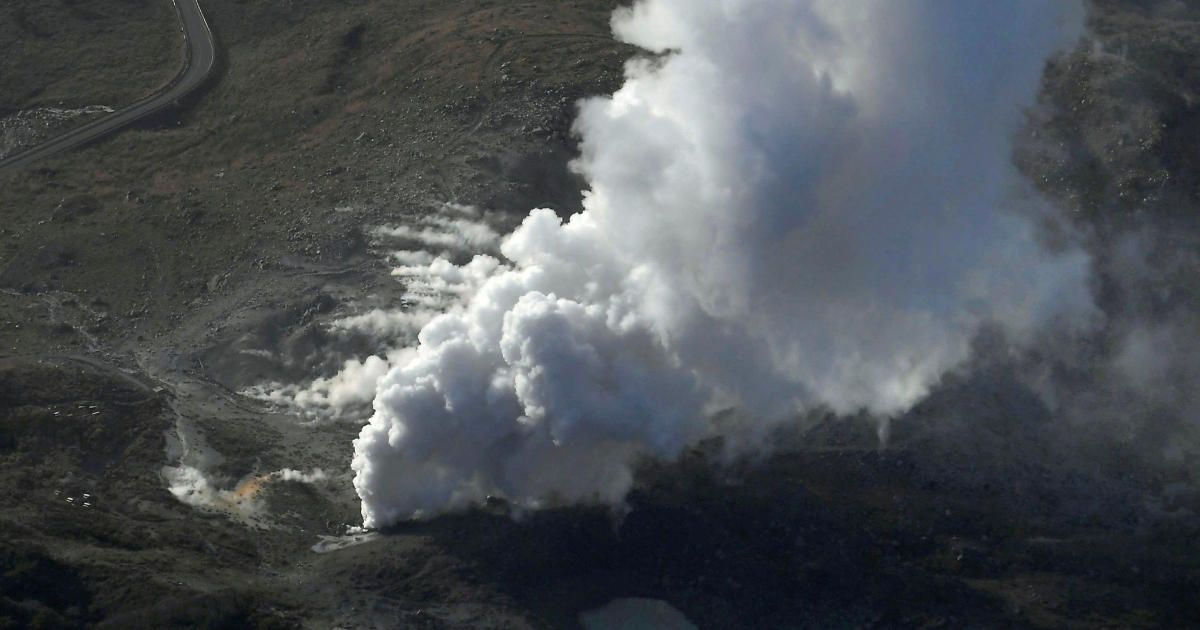Since 1918, we’ve built some of the most powerful eyes on the skies.




Researchers at the University of Carnegie Mellon University have unveiled a new “first-of-its-kind” smartwatch that can turn your arm into a touchscreen. The prototype LumiWatch projects an interactive surface area on the wearer’s arm or hand, allowing them to tap and swipe on their skin to use the watch. The prototype shows how an on-body interface might work: you swipe left to unlock the watch, and apps are then displayed along your arm. The watch can project an interface up to 40 square centimeters in size, which the researchers say is roughly 5 times bigger than the interface of a typical smart watch.



Yellowstone National Park sits squarely over a giant, active volcano. This requires attention.
Yellowstone has been a national park since 1872, but it was only in the 1960s that scientists realized the scale of the volcano – it’s 44 miles across – and not until the 1980s did they grasp that this thing is fully alive and still threatens to erupt catastrophically. Yellowstone is capable of eruptions thousands of times more violent than the Mount St. Helens eruption of 1980. The northern Rockies would be buried in multiple feet of ash. Ash would rain on almost everyone in the United States. It’d be a bad day. Thus geologists are eager to understand what, exactly, is happening below all those volcano-fueled hot springs and geysers.



This full 360° view of La Silla Observatory showcases the mountaintop telescopes in all their glory. The telescopes are silhouetted against a starry background, with the Milky Way visible close to the horizon, the column and band of the zodiacal light across the sky, and the Magellanic Clouds rising higher in the sky.
La Silla was built in 1969 as ESO’s very first observatory, at which point it became the largest astronomical observatory of its time, leading Europe to the frontline of astronomical research. Since then, it has led to an enormous number of scientific discoveries, including several “firsts”.
This deep sky view was achieved using the Vixen Polarie mount.
